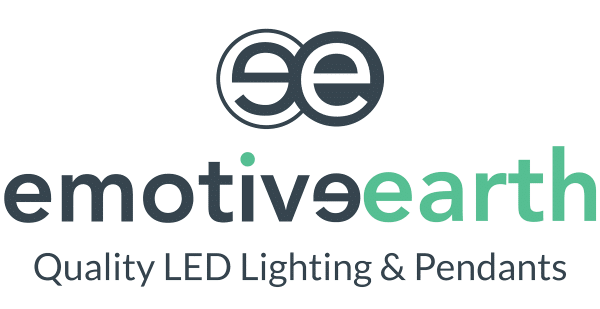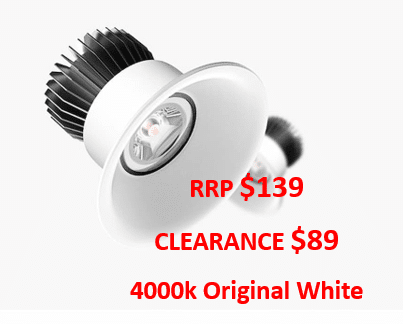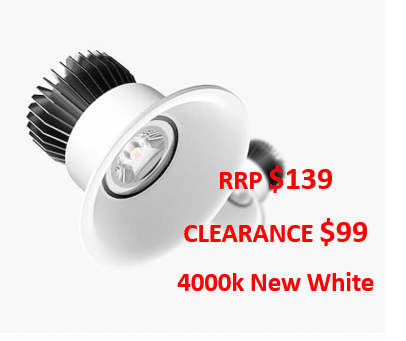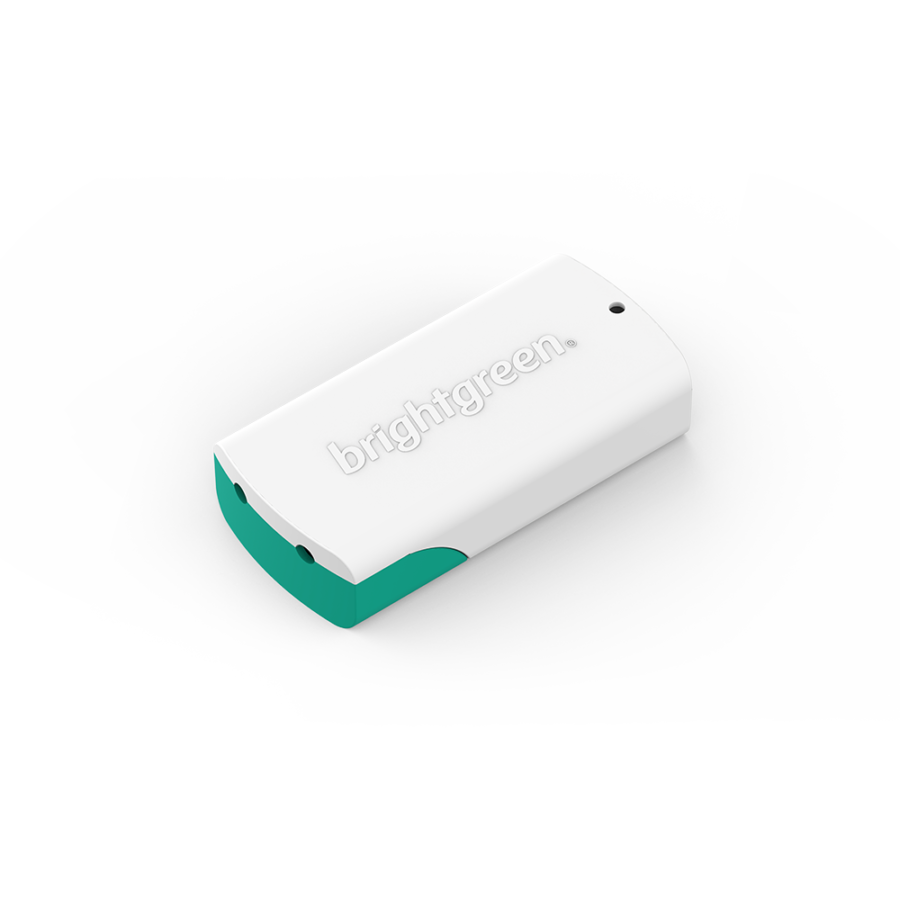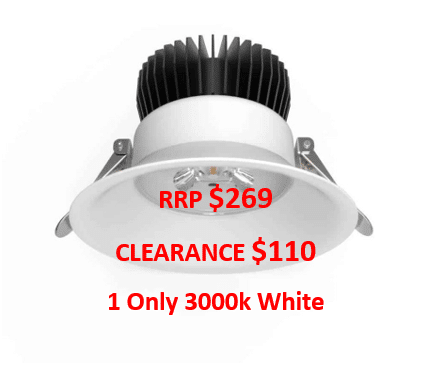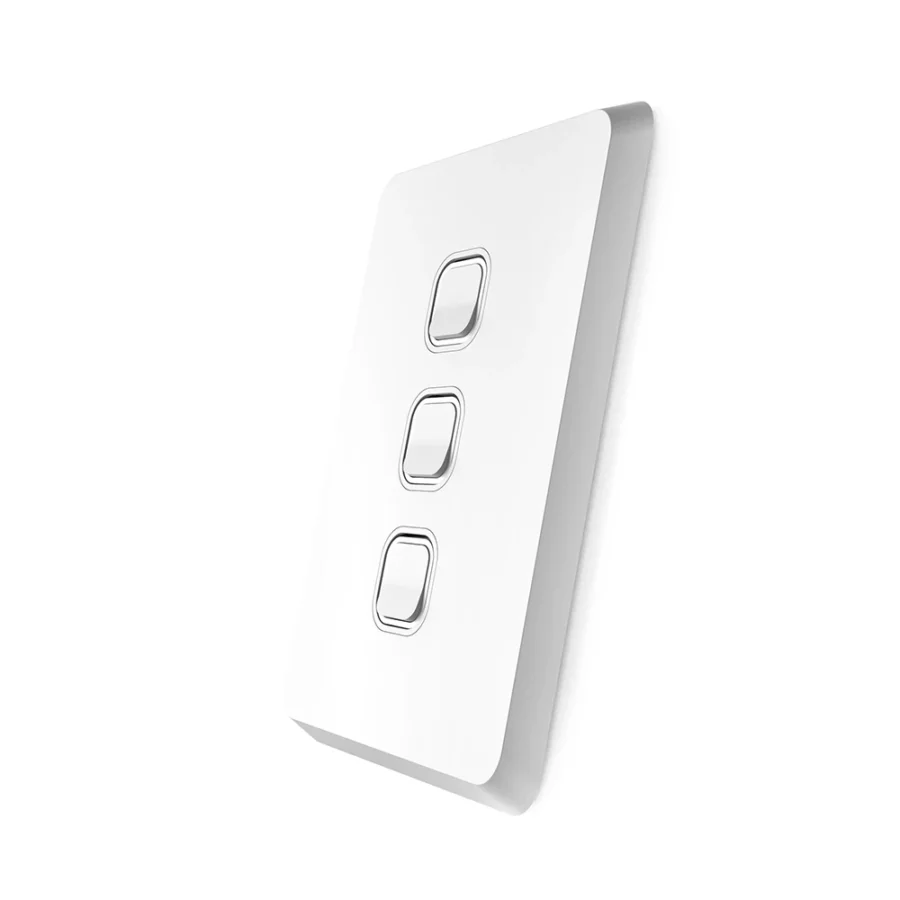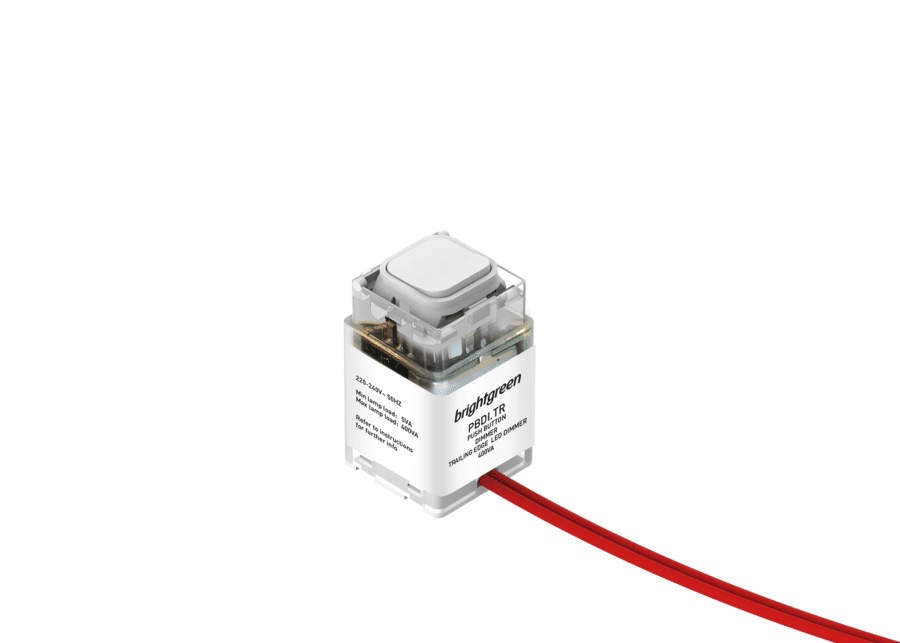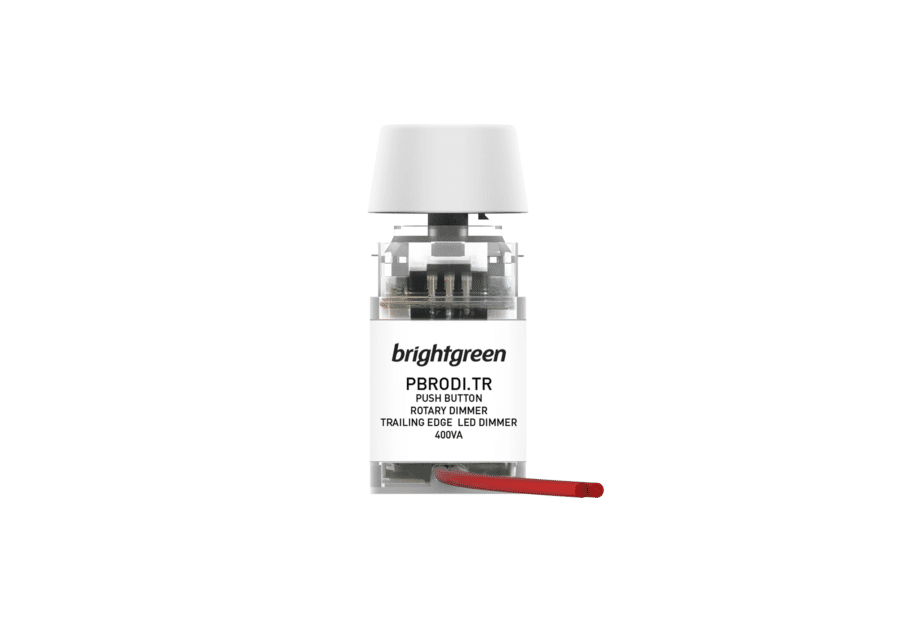Brightgreen Lighting
Brightgreen D700+ Curve LED Downlight
Brightgreen D550 Replacement Driver – BG-010-BSD-195mA
Brightgreen D2000+ Curve LED Downlight
Brightgreen Assorted Switch Plates
BRIGHTGREEN TRAILING EDGE PUSH BUTTON DIMMER AND SWITCH
BRIGHTGREEN RODI TRAILING EDGE PUSH BUTTON ROTARY DIMMER AND SWITCH
Why should I choose Brightgreen Lighting?
If bright, colour-accurate LED lighting is what you're going for, then Brightgreen’s lights are the best on the market. No other LED lighting company has as accurate colour reproduction as Brightgreen lights, thanks to what the company calls TruColour (we explain that in more detail below).
While Brightgreen lights are more expensive than other options, these high-quality lights are the “best of the best.” And with a proven track record of reliability and durability, you won’t find yourself replacing these any time soon. Cheaper LED lights don’t have the durability – or, most importantly, colour reproduction – that Brightgreen lights have.
What is TruColour?
Lighting manufacturers use the Colour Rendering Index (CRI) to measure how accurately a light can reproduce colours, with a 100 “perfect” reproduction. Brightgreen’s lights score a 98, meaning the colours produced are incredibly accurate. In fact, TruColour lights sport the best CRI score of any LED light on the market.
So, how does TruColour produce such accurate colours? It’s all about the reds. Red is everywhere, and lights that cannot produce red will leave lighting spaces looking flat and washed out. You won't have that problem with the purest red on the market. In addition, TruColour’s blues are also equally high quality, making them suitable for use with indoor plants, which require that blue light to thrive and for photosynthesis.
Another feature, called DayShift, automatically adjusts the warmth of colours based on the time of day to match your natural circadian rhythm. Blue light is useful when you wake up in the morning, but too much blue light at night can keep you up. DayShift makes these changes automatically, so you don’t have to.
Brightgreen TruColour lights also perform far better than its competitors in maintaining colour. While other brands can have as much as 5% variation, TruColour lights vary less than 2%. Whatever you’re lighting up, with TruColour lights, there’s much less variation in colour across a surface.
TruColour is standard across Brightgreen’s entire lighting portfolio, making them the brightest, highest quality, and longest-lasting lights on the market. Emotive Earth carries a wide variety of Brightgreen lights at some of the best prices found in Australia.
LED Lighting Basics
Purchasing LED lighting is a bit different from traditional lights. LEDs are more energy efficient than traditional lights. Therefore, you’ll need to keep a few things in mind when you buy.
-
LED Lighting Basics
Purchasing LED lighting is a bit different from traditional lights. LEDs are much more energy efficient than conventional lights. Therefore, you’ll need to keep a few things in mind when you buy.
-
Lumens, Not Watts
We’re used to judging how bright a light is by its wattage: commonly used household lighting uses 25, 40, 60, 75, and in some cases, 100-watt bulbs. LED lighting is much more efficient: a 2-watt LED bulb uses the same power as a 25w standard bulb. LED lighting manufacturers use lumens instead to describe brightness.
An 800-lumen LED bulb will produce the same amount of light as a 60-watt standard bulb and is great for general use applications throughout the home. For more subtle lighting, opt for under 800 lumens and over for brighter lighting.
-
Colour Temperature
You may have seen the terms “warm” and “cool” on the bulbs you have bought. This is called colour temperature and is measured in Kelvin (K). “Warm” whites have a temperature of 2700-3500K and a yellow or orange tint similar to light at sunrise or sunset. “Cool” whites have a temperature over 3500K and a neutral appearance, often with a slightly bluish tint.
-
Colour Temperature
You may have seen the terms “warm” and “cool” on the bulbs you have bought. This is called colour temperature and is measured in Kelvin (K). “Warm” whites have a temperature of 2700-3500K and a yellow or orange tint similar to light at sunrise or sunset. “Cool” whites have a temperature over 3500K and a neutral appearance, often with a slightly bluish tint.
-
Beam Angle
Beam angle refers to how concentrated a beam of light is. A narrow beam angle (15-45°) is best for accent or highlight lighting, while wider beam angles are better for general usage.
-
IP Rating
If you are installing your lighting in an area exposed to dust, moisture, or liquids, the IP rating – how water-resistant or waterproof an object is – will be critical. The rating consists of two digits, the first, how dustproof the object is, and the second, how waterproof it is, with 69 the maximum rating. However, IP 44 is most common for general lighting, with a rating of at least IP 65 or higher for outdoor uses.
We can help you find the right lights for your space that make a statement. Call us on 1300 774 267
